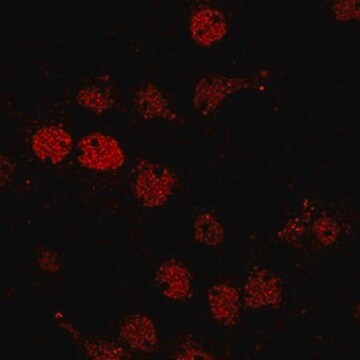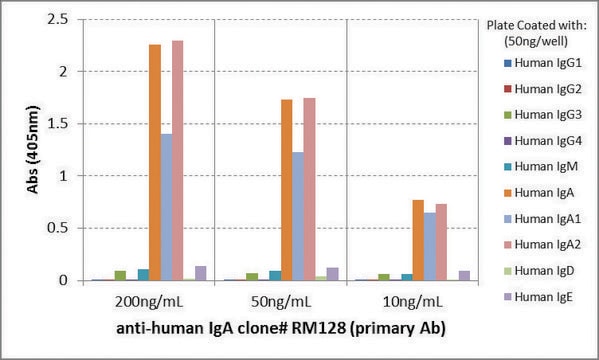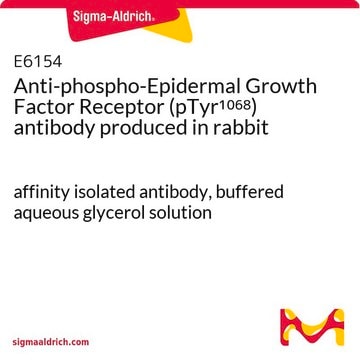MABE1123
Anti-XPB Antibody, clone 15TF2-1B3
ascites fluid, clone 15TF2-1B3, from mouse
Sinonimo/i:
TFIIH basal transcription factor complex helicase XPB subunit, Basic transcription factor 2 89 kDa subunit, BTF2 p89, DNA excision repair protein ERCC-3, DNA repair protein complementing XP-B cells, TFIIH basal transcription factor complex 89 kDa subunit
About This Item
Prodotti consigliati
Origine biologica
mouse
Livello qualitativo
Forma dell’anticorpo
ascites fluid
Tipo di anticorpo
primary antibodies
Clone
15TF2-1B3, monoclonal
Reattività contro le specie
human
tecniche
immunocytochemistry: suitable
western blot: suitable
Isotipo
IgG1κ
N° accesso NCBI
N° accesso UniProt
Condizioni di spedizione
wet ice
modifica post-traduzionali bersaglio
unmodified
Informazioni sul gene
human ... ERCC3(2071)
Descrizione generale
Immunogeno
Applicazioni
Epigenetics & Nuclear Function
Nuclear Receptors
Western Blotting Analysis: A representative lot detected endougenous as well as exogenously expressed Xpb in both U2OS17 whole cell lysate and in THIIF p62 subunit immunoprecipitate (Ziani, S., et al. (2014). J Cell Biol.;206(5):589-598).
Western Blotting Analysis: A representative lot detected Xpb in THIIF TTDA subunit immunoprecipitate (Giglia-Mari,G., et al. (2006). PLoS Biol. 4(6): e156).
Immunocytochemistry Analysis: A representative lot detected XPB recruitment to the DNA damage sites in the nuclei of UV-irradated HeLa cells (Alekseev, S., et al. (2014). Chem Biol. 21(3):398-407).
Qualità
Western Blotting Analysis: A 1:2,000 dilution of this antibody detected XPB in 10 µg of HeLa nuclear extract.
Descrizione del bersaglio
Stato fisico
Stoccaggio e stabilità
Handling Recommendations: Upon receipt and prior to removing the cap, centrifuge the vial and gently mix the solution. Aliquot into microcentrifuge tubes and store at -20°C. Avoid repeated freeze/thaw cycles, which may damage IgG and affect product performance.
Altre note
Esclusione di responsabilità
Not finding the right product?
Try our Motore di ricerca dei prodotti.
Codice della classe di stoccaggio
12 - Non Combustible Liquids
Classe di pericolosità dell'acqua (WGK)
nwg
Punto d’infiammabilità (°F)
Not applicable
Punto d’infiammabilità (°C)
Not applicable
Certificati d'analisi (COA)
Cerca il Certificati d'analisi (COA) digitando il numero di lotto/batch corrispondente. I numeri di lotto o di batch sono stampati sull'etichetta dei prodotti dopo la parola ‘Lotto’ o ‘Batch’.
Possiedi già questo prodotto?
I documenti relativi ai prodotti acquistati recentemente sono disponibili nell’Archivio dei documenti.
Il team dei nostri ricercatori vanta grande esperienza in tutte le aree della ricerca quali Life Science, scienza dei materiali, sintesi chimica, cromatografia, discipline analitiche, ecc..
Contatta l'Assistenza Tecnica.






